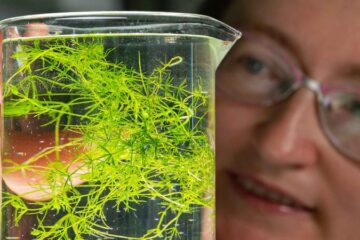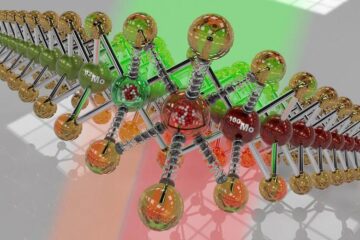Latest News

New Beryllium Reference Material for Occupational Safety Monitoring
Beryllium, an exotic rare-earth metal used as a hardener in high-performance alloys and ceramics, can cause berylliosis—a chronic, incurable and sometimes…

October IT Security Automation Conference to Highlight Healthcare IT, Cloud Computing
This year’s expanded conference includes several new conference tracks on the use of security automation in support of healthcare IT/Health Information…

Workshop Aims to Establish Standards for Voting Machine Data
The Common Data Format Workshop, to be held Oct. 29 and 30 at NIST’s campus in Gaithersburg, Md., will bring together election officials, auditors,…

New multi-use device can shed light on oxygen intake
The self-referencing optrode, developed in the lab of Marshall Porterfield, an associate professor of agricultural and biological engineering, is non-invasive,…

New discovery reveals fate of nanoparticles in human cells
They found that the important proteins that make up the outer layer of these nanoparticles are degraded by an enzyme called cathepsin L. Scientists now have to…

Scientists develop an 'intelligent car' able to learn from his owner’s driving and warn him in case of accident hazard
Scientists from six European countries, including Spain, have developed a new computer system so called DRIVSCO that allows vehicles to learn from the…











